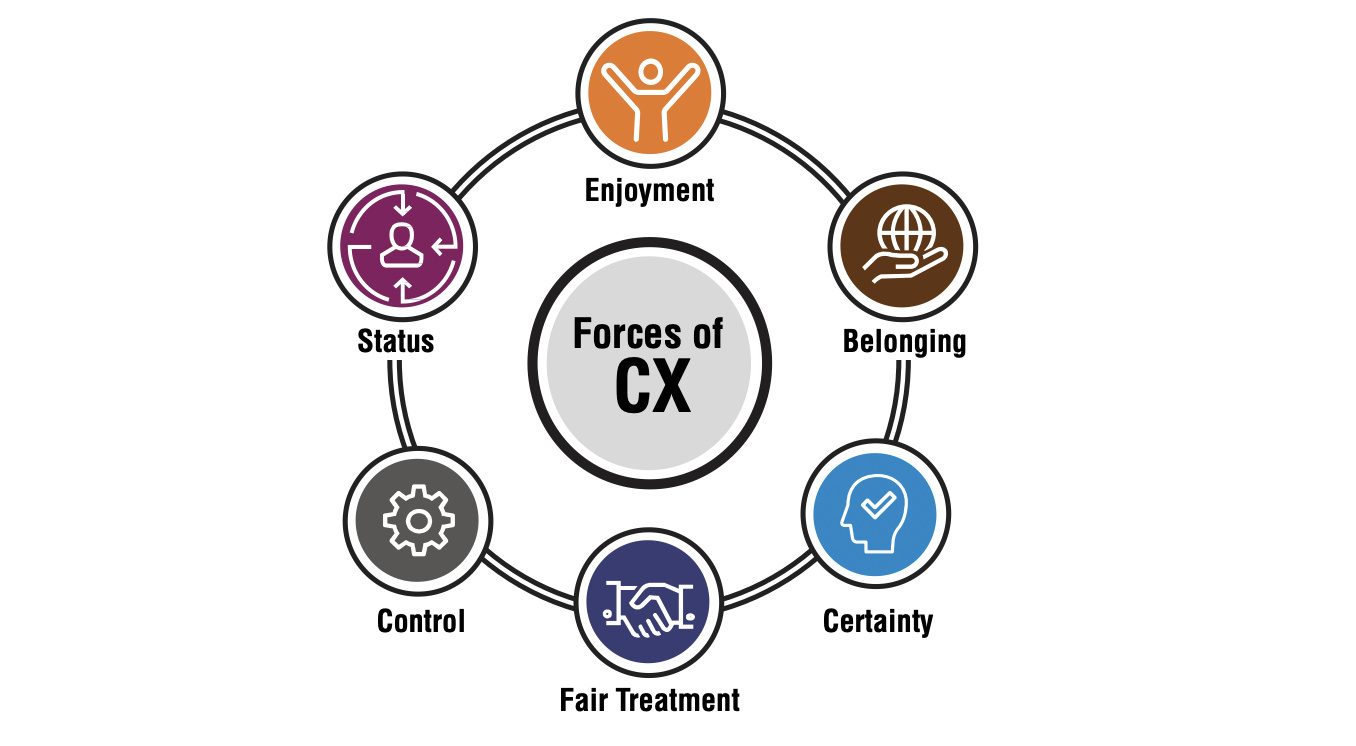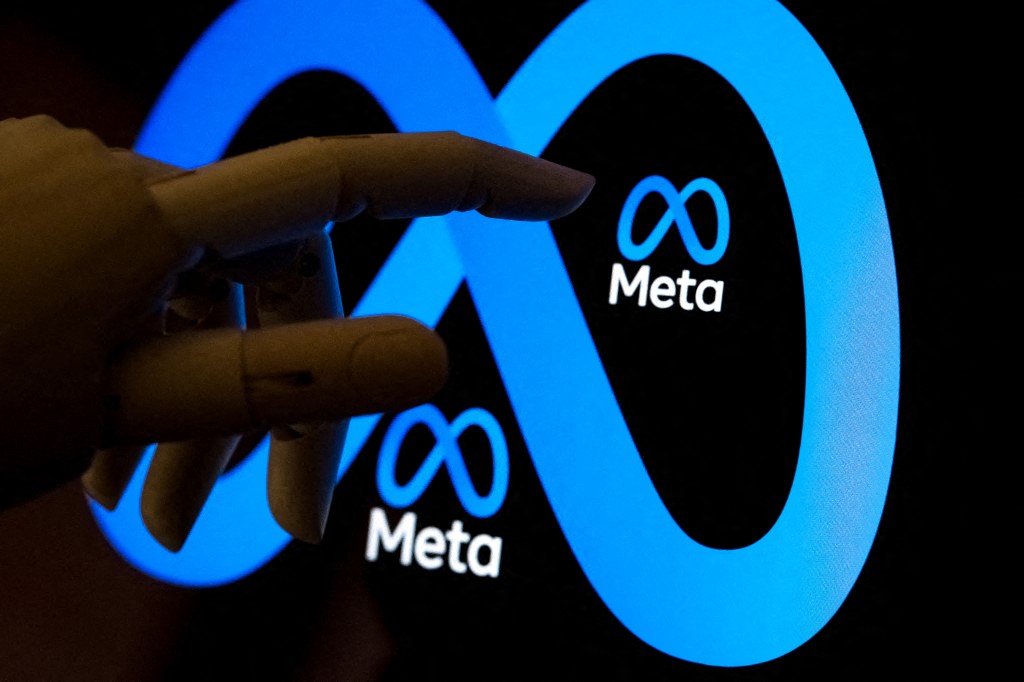A recent study by Ipsos identifies the customer experience as one of the top priorities on organizations’ corporate agenda. The three priorities under this umbrella include: defining a CX strategic roadmap, personalized customer experiences and also, and closing the gap between brand promise and CX delivery.
For the longest time, CX has been generalized as another term for the customer journey. However, in a time where consumers’ spending patterns and purchasing behaviors are changing rapidly and in unexpected ways, brands need to look at it from an integrated lens.
Helen Wilson, Global Chief Experience Officer at Ipsos has been working in the experience industry for over 25 years helping businesses design, measure, and deliver experiences while improving retention, the share of spend, and operational efficiency. Communicate sat down with Wilson to uncover the basics of an effective CX Strategy and what is needed to become a CX expert.

In the image above: Helen Wilson, Global Chief Experience Officer at Ipsos
CX Maturity
The term refers to the measure of how successfully you meet the capabilities needed to deliver a customer experience. A staggering number of just 12% of the CX professionals explain that they are leading in the CX Maturity framework.
CX is all about delivering business impact and in order to do that Wilson emphasizes organizations have an insight ecosystem. “You need to have a deep empathetic understanding of your customers in the context of the world, their expectations and values, to truly be able to deliver on them in an authentic fashion,” she adds.
Ipsos has defined a model – ROCXI that can help businesses quantify the link between their data and business objective.
 source: Ipsos
source: Ipsos
“Brands need to understand that customer experience is not separate from digital experience or brand experience. You as a customer of your bank, don't think about the brand experience. When required you go to the bank, or its application. You might go on to its live stream or get in touch with the contact centre. So, that is your entire experience. The reality from a customer experience perspective, includes deliverables on those behavioural outcomes. To get more customers, to keep them, and to get them to spend more money while building a connection with the brand – you need all those aspects to play into this experience ecosystem and the CX Maturity Framework enables you to do that,” explains Wilson.
A Structured Approach
What if there’s a secret formula? But there isn’t.
Wilson explained the need for a structured approach. Organizations must “close the loop” to get it right:
Engage – Bring in the vision of your brand, understand the journey, and collect imperative data that tells your more about your audience.
Listen – As the name suggests, listen to your consumer. Whether it’s through a CX relationship program or the simple task of collecting feedback.
Activate – Action on the data collected while embedding the right culture and behaviors in your organization. In order for this step to be effective, organizations need to bring in CX professionals for guidance.
According to Wilson one of the challenges that organizations face these days in closing that loop is “delivering on an improved omnichannel or the convergent commerce journey. Doing all of this in a changing world amid constantly evolving user behavior isn’t easy,” she says.
Functional Aspects of the Brand VS. Consumer Relationship
“It has to be meaningful. It has to be something that drives the action. It has to galvanize the organization around driving change, making sure people know where you’re headed,” says Wilson.
To achieve that emotional attachment, brands can take into account Ipsos Forces of Customer Experience Model.

source: Ipsos
Until now, there has been a lack of a solid behavioral framework to understand customers’ functional and relational behavior drivers; what’s truly driving retention, the share of spend, advocacy, and so on. This framework helps determine those factors.
"It all comes down to “understanding the customers as humans. Understanding the context of the world in which we live. Right now, organizations need to master the science of building those experiences. Most of all, be honest about where you stand as a CX mature organization and budget the resources if it isn’t enough. Taking accountability for the position of your organization is going to get a business to the top,” concluded Wilson.






